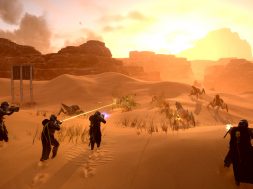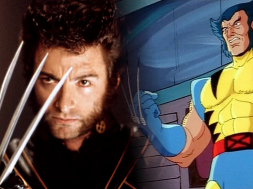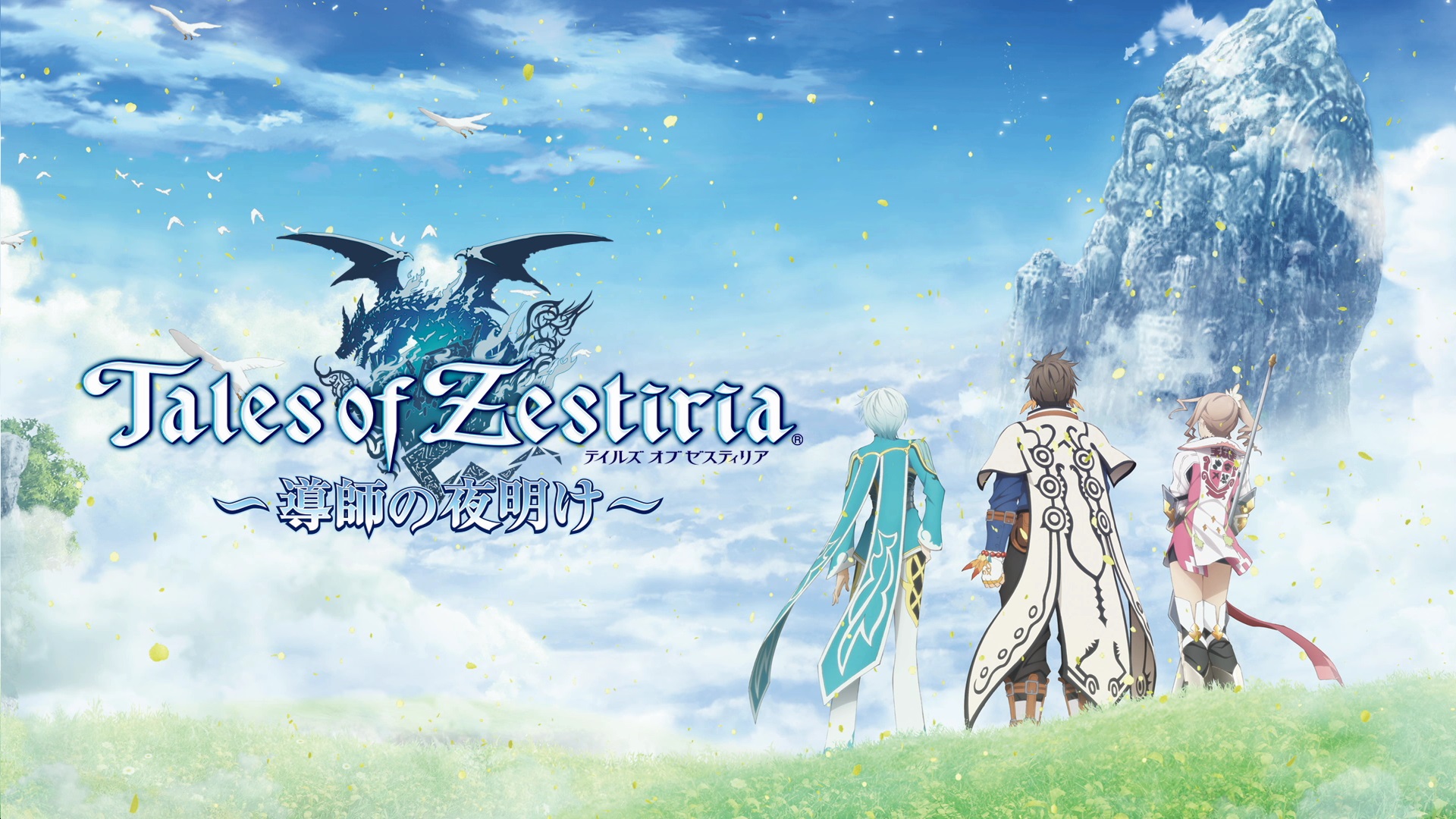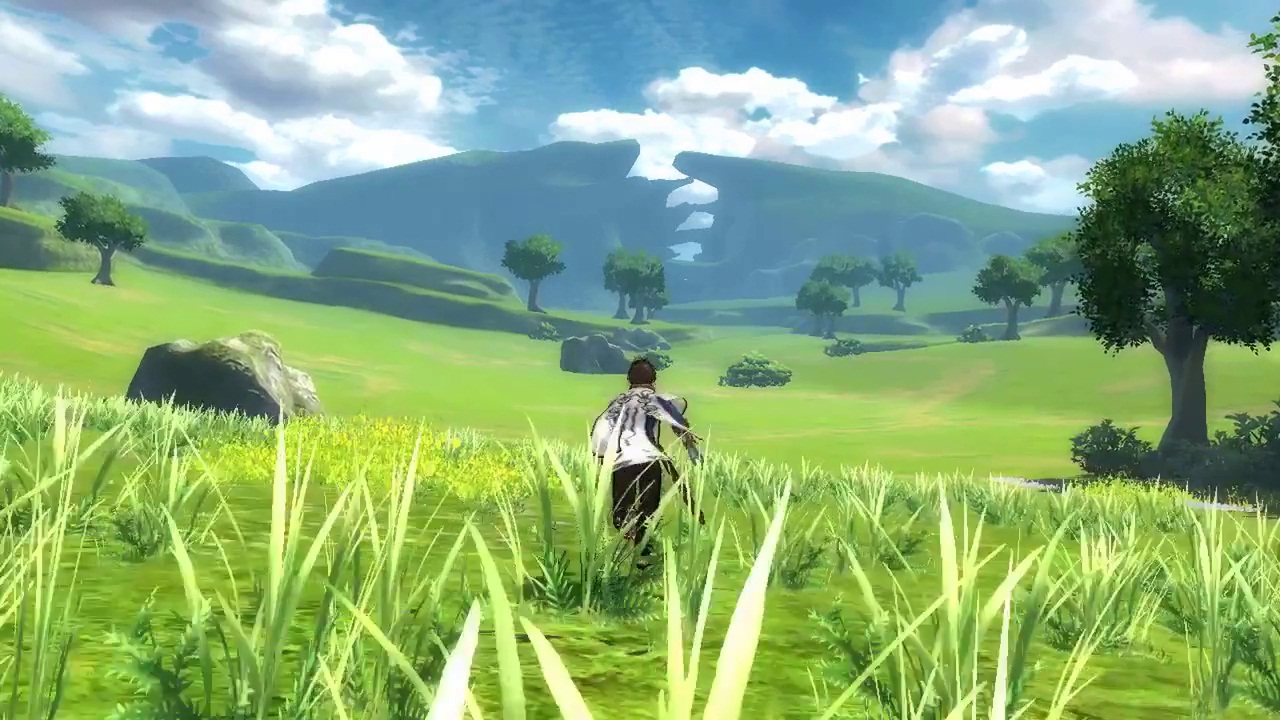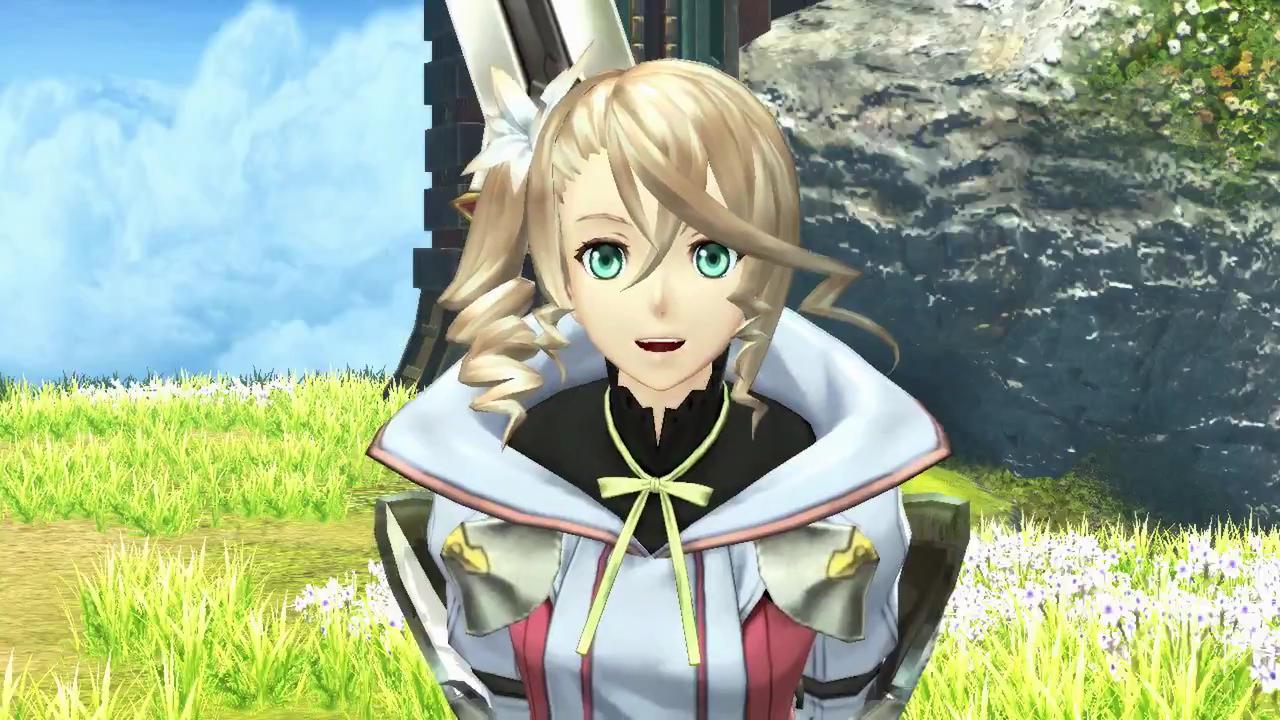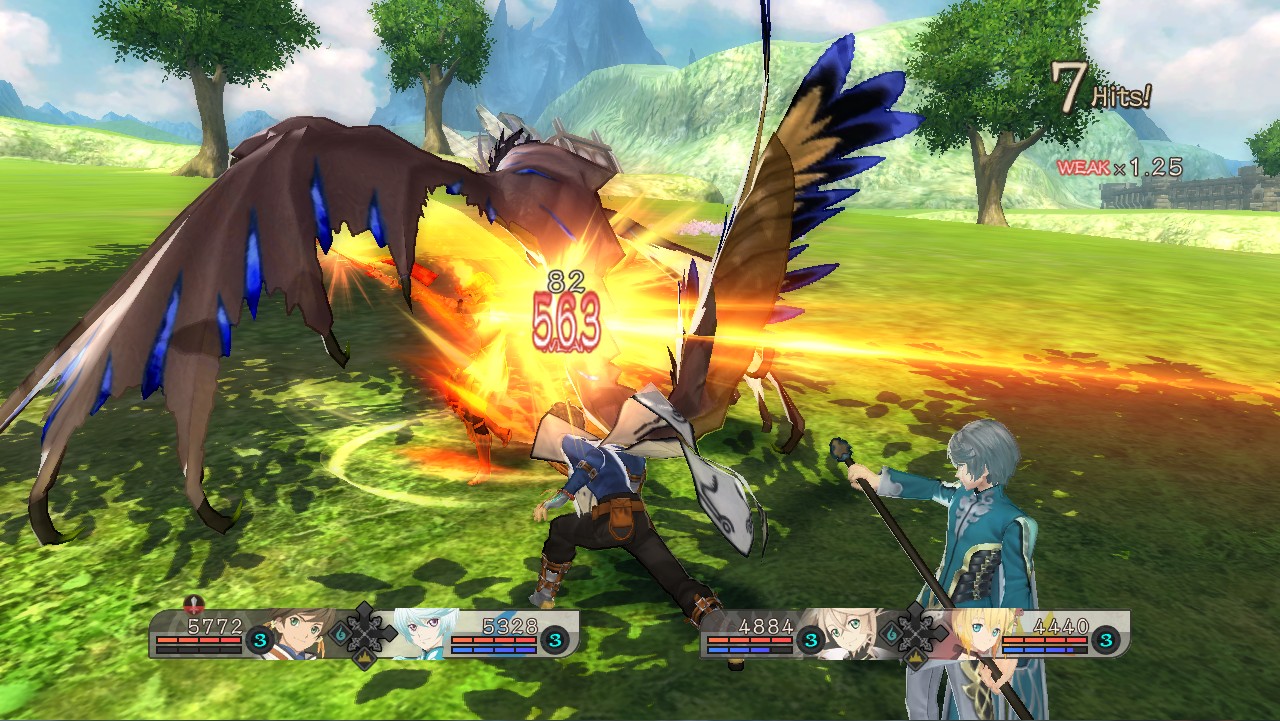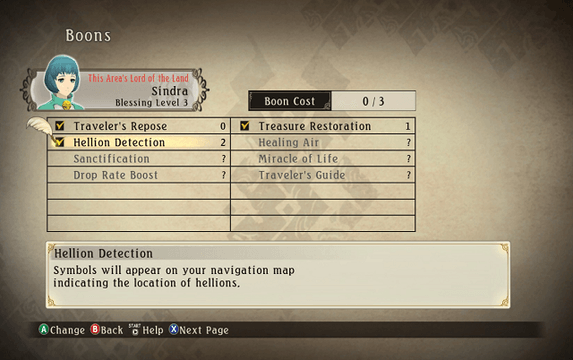This year marks the 20th anniversary of the long running JRPG Tales series. To celebrate Bandai Namco have just released its 15th mainline title, Tales of Zestiria. Originally developed as a PS3 title it was later ported to the PS4 as well as Microsoft Windows via Steam. Many of the key developers and artists from previous Tales titles were brought in to bring back some of the elements of classic Tales titles as well as to help develop changes in order to make the game a step forward as well. Be warned, there is information from here on in that can be considered as spoilers!
The story of Zestiria takes place in a high fantasy setting in the land of Glenwood, a world divided by war between two powerful nations who are fighting to rule over the land. The hero of this tale is a young man called Sorey, who was raised by magical beings called Seraphs. One day while Sorey and his childhood friend and Seraph Mikleo are exploring some local ruins they stumble upon a human girl called Alisha Diphda, she informs Sorey (turns out she can’t see Mikleo because only special humans can see Seraphs) that the world is in danger and she must return to her people. Alisha is a member of the Royal Family of the city of Ladylake, and she is being hunted by a mysterious fox demon, or Hellion as they are called in Zestiria. She decides she must return to her home and help fight the darkness consuming the land. After an encounter with the creature that is hunting for Alisha, Sorey decides to follow, and this is where main story begins. Sorey follows Alisha to Lady Lake with Mikleo in tow, where they discover that Sorey can see the evil Hellions of Darkness that infest the town while no one else can, leading him to take up the mantel of the mythical Shepard and fight against the forces of the evil Lord of Calamity in order to return peace to the land and unite the two races of Seraph and human once more.
The story of Zestiria is nowhere near an original idea, borrowing plot points from all over the fantasy and sci-fi genre, as well as using some christian symbolism for the likes of the Seraph and Shepard motifs. If you’ve played any big title RPG in the last few years a lot of the plot will seem familiar, as well as having the good old Sword in the Stone McGuffin from the Arthurian legend as part of the opening chapter, but this doesn’t stop it from being a fun and enjoyable game. Parts of the plot do seem quite forced, like the Seraph Laliah withholding vital plot information regarding Sorey’s role as the Shepard due to a personal pact she made with herself. There are no consequences to her telling him, she just decided long ago that she wouldn’t, therefore forcing Sorey to go out in to the world to discover things by himself, but I put the strangeness of this in-game exchange and dialogue down to the English translation of the script, and let’s be honest that tends to be a lot of the charm when it comes to JRPGs!
There was some controversy in Japan upon the games original release surrounding the character of Alisha. She had been used heavily in promotional material and a lot of players expected her to be a fully playable character throughout the game. Alisha actually departs from the game quite early on, with a lot of her DLC costumes transferring to another character if the player wishes to use them. Fan reaction was one of anger, claiming that the popularity of the character was being used to monetize her. Tales brand manager Hideo Baba commented on the fan reaction saying that Alisha was never promoted as the main heroine of the game and her story role is important despite her early departure. Regardless the character still received her own DLC story that was released alongside the main game on the 20th of October and is available to download through the PSN store and Steam for free.
The fact that Zestiria started life as a PS3 title does show, the larger open areas of the game appear sparse, with very little to interact with when you find yourself running from one section of the map to the other. Dungeons are quite linear, with the first few I explored reminding me a lot of the sewer sections of Final Fantasy XII. There are parts of the game that look great, but there are also sections that look quite dated graphically, which can feel like a strange contrast. One minute you’re running through lush green meadows, the next you’re in a blocky dank dungeon that looks out of place on a next gen console release!
If you have played any of the previous titles in the series, then you will be familiar with the Linear Motion Battle System which is present in all of the Tales games and it’s here again in Zestiria, with a few tweaks to make it more streamlined. Transitions between encounters or “Real Map Battles” as they’re called in-game are practically seamless. Your Seraph companions are the key to the Arte combat system. Sorey joins with a Seraph in order to grant him the power of Armatization. Each Seraph has a different elemental power. Mikleo is a Water Seraph, Lailah, the Lady of the Lake who guards the Sword in the Stone is a fire Seraph. Edna is an Earth Seraph and Dezel and Zaveid are Wind Seraphs. Each of these Seraphs grant Sorey a different type of Armatization power up (and a ridiculous looking pony tail when he morphs into Armatization mode – seriously, it looks terrible and defies the laws of space and time. Gotta love those JRPG hair physics!), which in turn is effective against different foes.
On the surface the combat system seems quite straight forward, bash the buttons and slice up the enemies, but there is actually a lot going on underneath. Each character has a special attack called a Mystic Artes, which inflicts high damage, depending on what weapon, gear and trinkets you have equipped depends on how effect your attacks are, these items can be customised for desired effects and against the right enemies you can really dish out some solid damage. Characters can move freely during battle allowing them to dodge or block attacks from enemies. The one big draw back with the combat in the game is the camera.
When fighting smaller enemies it’s fine, everything moves smoothly, but when the bosses start getting larger the camera doesn’t know what to do with itself. I spent one boss battle against giant centipedes just swinging away and hoping I was hitting something because the camera was too busy embedding itself into the back of Sorey’s head. And when the maximum of four characters are in your party, the battle field can become a very crowded place, which confuses the heck out of the camera – but most of the time it behaves itself and the battles are enjoyable, fast-paced affairs. Tales games have always had this over some of the other turn based JRPG titles; no waiting to select what action you’re going to take (I have no issue with turn based RPGs), the swords swing and the magic flies and when it all ties together it’s a fun time for all! Well, apart from the bad guys.
Zestiria is a big game, with lots to see and do. As is the norm for large scale role playing titles there is the main story mission and the countless side-quests that tie into the story in one form or another. Everything in the game comes back to Sorey and his role as the Shepard, but the supporting cast do have their moments, each having their own quirks and story nuances. The side-quests are varied and plentiful, be it searching dungeons for mystical weapons that will aid you on your quest, or restoring a Seraph’s blessing to a town in order for it to flourish again, Zestiria is chock full of these missions and it keeps the gameplay varied and enjoyable. Sometimes you will find yourself on one side of the map and you need to get all the way across to somewhere else in order to hunt down an item or follow a quest line, but fret not! Thankfully there is a special system in the game that will zip you from save point to save point as well as unlocking some other usual boosts called Lords of the Land.
This allows you to fast travel, as well as awarding you other bonuses as you level up through the game, but it’s done slightly differently than fast travel systems in other games. You see, in order to use this system to travel between save points you need to pay some Gald (say gold like you’re from Australia) which is the in-game currency, but you can get this system to work in your favor. You get battle grade points for each place you clear within an area, with these points then going to the local Lord. When you get to level one the cost to travel to save points is reduced, when you reach level two the chest that you have already opened in an area contains new items, at level three enemies in that area show up on the mini-map, so on and so forth. So, it’s all in your best interest to go out in the world and pick fights with all the nasty Hellions of the Lord of Calamity.
Zestiria contains interesting little side characters called Normin – there are fifty scattered throughout the game, and they boost Sorey’s strength as the Shepard. Once you find all fifty Normin it will unlock a special battle, as well as finding out more about the character of Edna. Another strange bunch of characters are the weird little map-makers called Turtlez. They look like young kids dressed up in homemade cardboard turtle outfits, but they speak with the voice of a New York deli owner. The first time I met one I was really freaked out!
One part of Zestiria I’m glad made it into the western release of the game is the ‘Skits’ section. In previous western releases of Tales titles this section was usually removed because it didn’t impact on the overall story and gameplay and the translation work was considered too costly, but thanks to this being released on formats that can hold a lot of game info they have been included in the western release this time around. Basically ‘Skits’ are fun little pieces of character interaction and here they’re represented by slightly animated representations of the characters as they discuss locations, events and basically anything they find interesting. They are scattered throughout the game, and the player usually receives an onscreen notification when one is available to view.
The soundtrack to the game is quite epic and ever present as you explore the land of Glenwood, composed by Motoi Sakuraba and Go Shiina. Both composers are hugely popular within the Tales fan base, so both of them were brought on to work on the score this time around. It is a grand affair with soaring themes and haunting melodies throughout. The music really does add to the grander sections of the game.
The intro theme ‘White Light’ is catchy guitar laced track by J-POP band Superfly. It plays over the game’s intro and it has severe earworm qualities and has found it’s way onto my daily playlist since I’ve started this game.
Tales of Zestiria doesn’t break new JRPG ground, if anything it’s a celebration of what all the Tales of series has achieved up to this point. The graphics don’t push the PS4 to its limit, not by a long shot, but they don’t need to – the gameplay is fast and fun with depth where it’s needed and flights of fancy where it’s not. The characterisations within the game are varied and some are ever so slightly wacky, but that is the beauty of these types of games. Sorey is a strange protagonist, but you can’t help but get behind and his rag tag bunch of Humans and Seraph early on.
If you’re a fan of JRPG titles you will enjoy the heck out of this, if this is your first time delving into this type of game then you won’t be overwhelmed with Zestiria, it’s not like you decided that you were going to jump feet first into something like Dark Souls II with no previous experience. Zestiria is a great jumping on point as it does a certain amount of hand holding early on to insure you know what you’re doing. Do not go into this game expecting never-ending RPG experience but this is a fun JRPG that is all about celebrating its roots and it does this with aplomb.
A fun JRPG that long-term fans of the series will really appreciate
